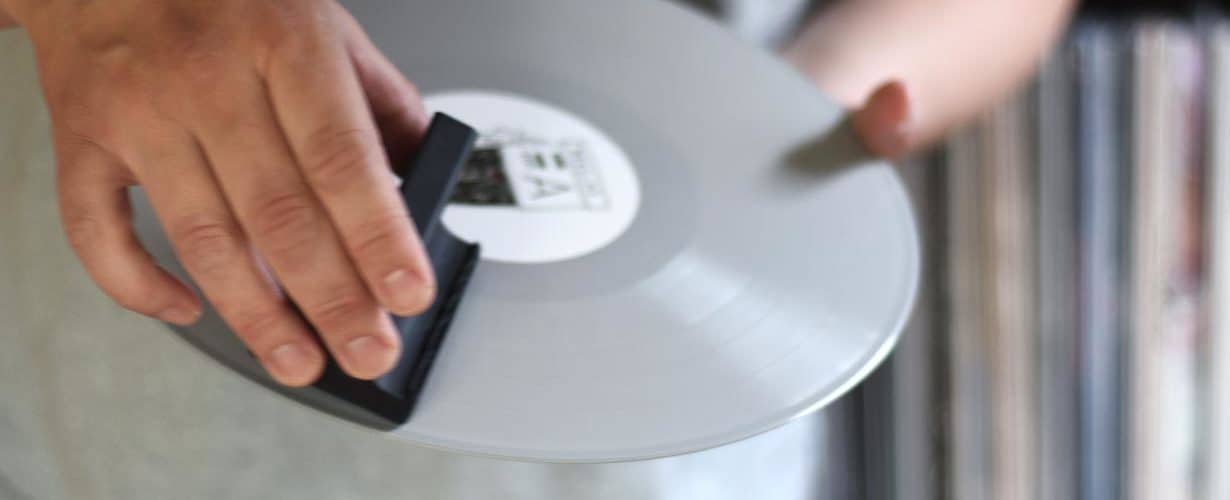The most common word for this material is vinyl, but it is also known as Polyvinyl Chloride or PVC and is basically thermoplastic. It can be used in film and bags that are used to wrap the food during micro-waving. We can see its applicability in our daily life as refrigerator gaskets, coat fabric for upholstery and creating washable wallpaper, in making floor tiles, counter tops, window screens, and many others. It is resistant to most chemicals, is strong, not affected by weather and can withstand sensible heat. It may have an odor when packed, so it needs proper airing before application. When it comes to vinyl cleaning, there are two types of cleaning methods are used, namely:
Contents
Regular Cleaning
Vinyl fabrics are made porous to permit perspiration and venting. They readily absorb stains. So, just wash with soft detergent and water. Always use a soft bristle brush for obstinate soil. In the end, simply rinse and clean dry.
Special Cleaning
Vinyl upholstery soaks up stains and dyes from fabrics that tend to lose colors. A vinyl protective finish helps guard upholstery and resists assimilation of stains. Always use a white cloth or paper towel and try to keep solvents away from wood or metal parts.
Cleaning Vinyl Records:
Record cleaning is a necessity. So, to clean the records of all the dirt they may have assimilated over years, simply use a mixture of soap and water. You don’t need to use any special fluid. With this method, you will easily get all the dirt and stains off the records. The best cleaning will simply minimize the quantity of non-musical clatter on an album.
Cleaning vinyl flooring:
New vinyl floors are particularly durable, but they too need regular maintenance to stay looking like new. There are some easy instructions you must follow in order to keep your vinyl flooring look awesome:
1. After installation, for the first 24 hours, don’t walk on your new vinyl floor. Furthermore, for at least 5 days, avoid rolling heavy objects directly on the vinyl floor. Otherwise, the marks will become permanent once the adhesive sets up.
2. Check the condition of all the casters before placing them on your new vinyl floor so as to replace any worn out casters.
3. Remove dust particles regularly by thoroughly sweeping your vinyl floor. For deep cleaning, wipe the floor with warm water and then use one tablespoon of liquid dish washing detergent or clear ammonia to one quarter of water. Rinse the surface gently to avoid leaving behind a film.
4. Finally protect the surface from rigged materials. Avoid using rubber-backed mats as they discolor your floor. To eliminate spots or spills, wipe up immediately and use a good quality cleaner to rinse the floor. However, avoid using harsh cleaners, paste waxes, or solvents on your vinyl floor. Always apply coats of floor polish to maintain the new look.
Cleaning Vinyl Car Interiors
Vinyl interior makes a car appear classic and graceful. Most people think regular soap or detergent can be used to clean vinyl interiors. Here are some steps for cleaning vinyl interiors of your car:
1. Firstly, thoroughly vacuum your vehicle’s interior. Remove all dirt particles from and around the seats.
2. Spray a good vinyl protectant like Armor onto the top area of the seats. Wipe down your way with vinyl to avoid streaking. The armor helps avoid fading and cracking of vinyl due to the sun. Clean gently with small back-and-forth strokes. Let the seats dry in the shade so that the protectant works effectively.
3. Clean vinyl floor mats with protectant spray on both sides. First, allow one side to dry off before spraying on the other. You can also use soap and water solution. Once the lather is created on the mat, gently wipe it down. Then rinse off with water. Dry the mats in shade to avoid fading.



